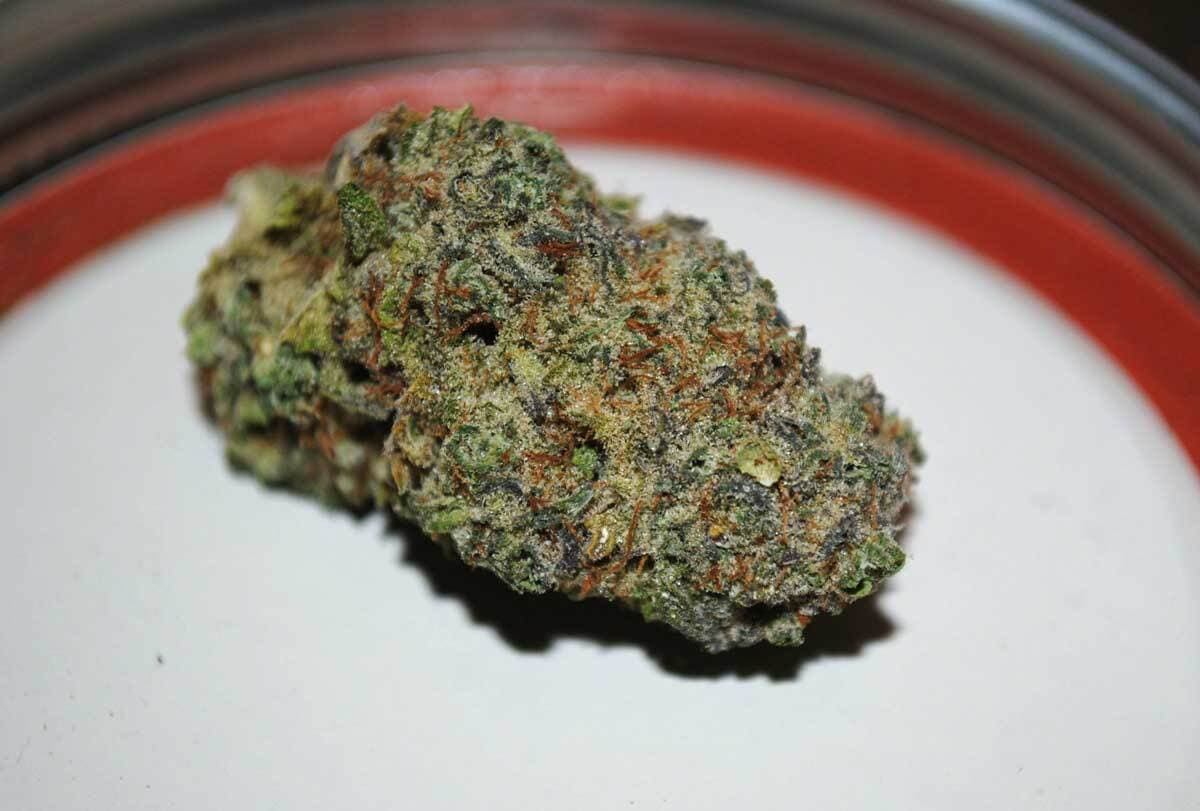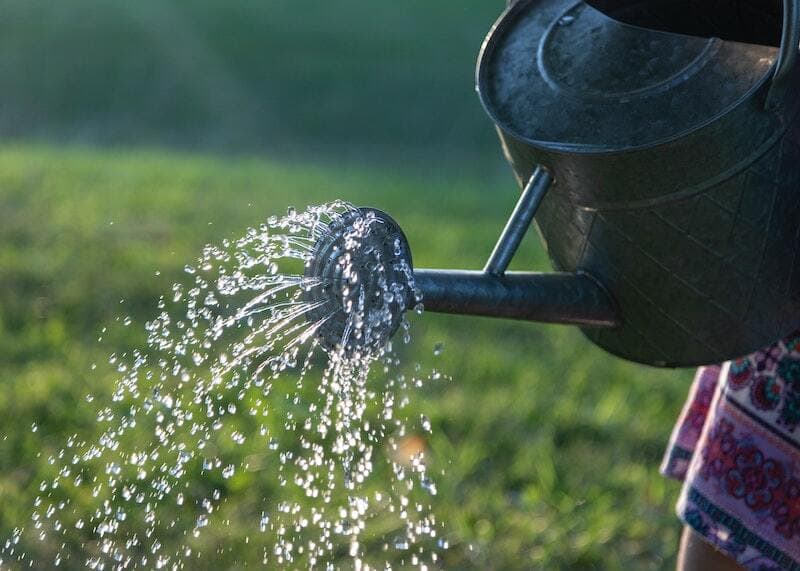Dense Weed Strains Seeds
Experience bountiful harvests with buds from Dense Weed Strains
What are dense weed strains? Why do tokers prefer these to the loose, airy varieties? Below we guide you on your growing journey, providing helpful tips on cultivating fat, resinous nugs.
So, if you’re looking to maximize your yields and grow strains of such thickness your friends are stupefied, you’ve come to the right place. Let's kick things off by defining dense buds.
What are dense buds?
If you’re a veteran toker, you probably have a list of favorite strains, most of which have fat, resin-coated nugs. When comparing dense bud strains to other options, you'll notice that their flowers have more mass and appear healthier.
In most cases, the color, potency, and cannabinoids are superior when nugs are plump. Various factors contribute to their structure, but choosing the right cannabis seeds plays an important role.
Certain dense bud strains produce quality yields with minimal grower interference, while others need a helping hand.
If you're a novice cultivator, the easiest way to get healthy buds is by looking at the typical structure of prospective strains and choosing one that produces hefty colas.

How are dense buds made?
Achieving a harvest with potent fat nugs is the ultimate reward for a cannabis grower. Purchasing dense bud strain seeds plays a vital role, but you can boost your chances of producing dense buds with a few tips and tricks.
Aside from ensuring optimal growing techniques, put certain additional practices in place.
1. Harvest Time
When your dense bud strain plants reach maturity, it’s tempting to harvest as soon as possible. Removing your nugs too early is detrimental to their overall quality.
During the last few weeks, they fatten up, and their appearance also improves. To get potent, fat buds, exercise patience and harvest them when they're ready—not when you’re ready.
2. Container size
Many novice cultivators don't consider the growing container’s size a factor. If there’s not enough space for the dense bud strain plant to develop properly, it won't produce the promised heavy nugs.
Your pot needs to allow sufficient water drainage and encourage airflow. It also needs to be deep enough to allow the roots to develop.
3. Growing hygiene
Healthy buds stem from well-maintained crops. Keep your growing area clean to avoid pathogens and pests. Observe your dense bud strain plants regularly and take preventative measures against common cannabis diseases.
Your plant’s well-being affects the density and potency of its nugs.
4. Drying and curing
Most bud development occurs during the growing process, but drying and curing them helps tighten them a bit more. Use a sealable glass jar to improve the appearance, fragrance, taste, and potency.
Why buy dense bud seeds?
Fat, tightly packed nugs dripping in resin are always more enjoyable. The THC content is typically higher, and the flavors are more intense. The simplest way to achieve this is to cultivate cannabis strains with dense buds in their genetics.
If you select strains with dense buds, your task as a grower is much simpler. Indica dominant cultivars are more prone to fat nugs compared to sativas. The latter originated in warm regions, and the loose, airy structure was an adaptation to protect it from mold.
Indica varieties, on the other hand, have their roots in cooler, drier climates.

How to grow dense bud seeds?
Once you’ve decided which dense bud strains you want to grow, implement cultivation techniques that produce dense buds. These include:
Temperature
Cannabis crops require temperatures of 68–85℉. Each strain thrives within a specific range between these extremes. Excess heat in the flowering stage can result in loose, airy buds. Temperature fluctuations in other phases also impact bud density.
Humidity
The ideal humidity levels for marijuana plants vary between cultivars. In most cases, an RH of 55–65 is best. Lower the range below 55% 2–3 weeks before harvesting to increase your chances of denser buds. Read this guide to discover more about the Ideal temp and humidity in a grow room to make your buds bigger and plants healthier.
Lighting
Light is an important factor in the cultivation of any plant. There needs to be a consistent supply for strains with dense buds, and having too much or too little can result in poor bud development.
In the flowering stage, more light increases the bud’s size. Be sure to place your grow lights a safe distance from your crops to avoid airy nugs.
Nutrients
One of the main reasons growers get small, loose buds is because of nutrient deficiencies. Liberally feed your dense bud strain crops with macronutrients and ensure your grow medium has the correct pH levels to produce healthy buds.
Airflow
Once your nugs start developing, they need light and air exposure to fatten up. Ensure that there’s enough space and prune any foliage that gets in the way.
Watering
Overwatering dense bud strain crops causes a wide range of problems. Implement a strict water schedule, and ensure there’s enough drainage.
Excess liquid in the soil prevents the crops from absorbing nutrients properly.

Pruning
Pruning enhances airflow and allows your plants sufficient light. Trimming excess foliage gives the lower leaves access to the sun’s rays and optimizes photosynthesis.
Watch for unnecessary leaves during flowering. It’s also essential to remove dying leaves.
Training
Strains with dense buds develop best when the stems are sturdy. Using techniques like manifolding or training helps strengthen them. Using fans also helps them get thicker and strong enough to support bigger nugs. Options include:
Manifolding
Cannabis strains with dense buds typically flourish with manifold training. These crops get topped twice, reserving eight equal main branches (colas). The training method is suitable for beginners, and in most cases, they can implement it 4–5 weeks after germination.
Fans
Using fans in your grow area strengthens the dense bud strain plant’s stems. It imitates the wind present in an outdoor setting. The crops have to grow against it, making them resilient and strong.
Topping
Topping involves cutting the main stem of your marijuana plant to create multiple colas. This technique not only increases the number of buds you’ll grow but also the density.
Fimming
Fimming requires you to cut your plant, forcing it to develop four colas. Tie these down to create a flat canopy. This technique improves the bud quality and the total yield.
Low-stress training
Low-stress training is one of the most popular ways to get your dense bud strain to thrive. It involves gently bending the stems to change the shape of the plant. It creates several bud sites and also improves the crop’s access to light.
Lollipopping
Veteran growers often turn to lollipopping to increase their yields. It’s a pruning technique that requires you to remove the lower foliage so that the buds can develop healthily at the top.
Super cropping
This training technique is best suited to experienced growers. It’s a high-stress training method where cultivators bend and pinch the branches, damaging the inner fibers while leaving the outside unbroken.
It allows the dense bud strain to grow stronger and develop more potent buds rich in terpenes. These nugs have more trichomes and tend to be fatter.
Where to buy dense bud seeds in the USA?
If you’re looking to grow premium buds, you only want to get your dense bud strain seeds from Seed Supreme. There's a wide range of options available for growers of all levels.
There's also a plethora of information on the site to help you find the right cannabis strains with dense buds. The flavors and effects of each cultivar are easily accessible, and we even offer growing tips and strain-specific advice.
Check in frequently as there are also exciting deals on some of your favorite cannabis seeds. Take a look at what Seed Supreme has to offer, and start growing dense bud strains today.

 THC
THC










